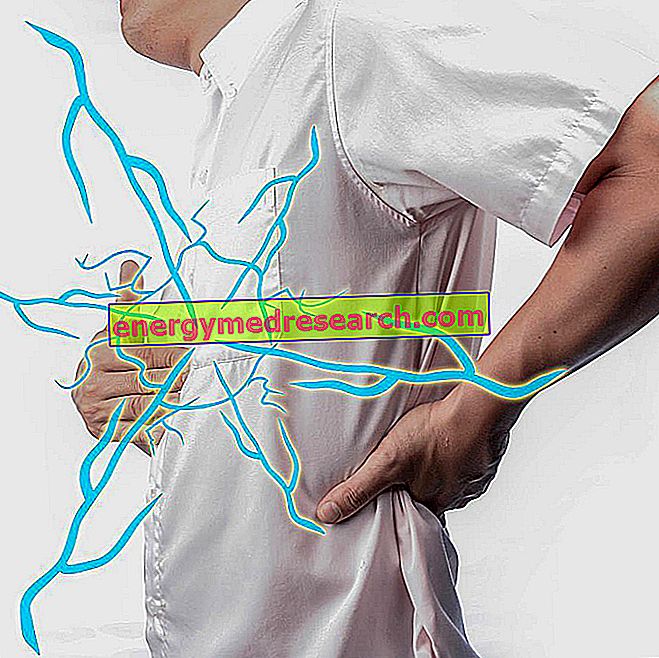The superficial flexor muscle of the fingers is one of the muscles of the anterior superficial layer of the forearm. It originates with two heads. The humeral head originates from the medial epicondyle of the humerus and from the medial collateral ligament of the elbow joint; the ulnar head originates from the medial margin of the coronoid process of the ulna, the radial head from the anterior aspect of the radium (oblique line).
Its heads come together in a common tendinous arch through the carpal canal to then give rise to half of the forearm with 4 bellies ending with 4 tendons on the middle phalanges of the 2nd-5th finger at about half height. The tendons bifurcate into two tongues through which the tendons of the deep flexor muscle of the fingers pass. In the carpal canal the tendons run superficially to those of the deep flexor muscles of the fingers and the long flexor of the thumb.
Being biarticular, in the elbow joint this muscle participates as a weak flexor, while it is very effective as a flexor in the carpal joint and in the proximal digital joints (it flexes the phalanx of the 2nd, 3rd, 4th, 5th finger). It becomes inefficient when the joint is flexed to the maximum degree. Its deficit leads to a reduction in grip strength and wrist flexion.
It is innervated by the median nerve (C7-T1), as well as most of the flexor muscles of the arm. It is sprayed from the ulnar artery.
ORIGIN Humeral head: medial epicondyle of the humerus and of the medial collateral ligament of the elbow joint Radial head: medial margin of the coronoid process of the ulna Ulnar head: anterior aspect of the radius (oblique line) |
INSERTION With 4 tendons on the lateral and medial part of the middle phalanges of the 2nd-4th finger |
ACTION Flex the phalanx of the 2nd, 3rd, 4th, 5th finger; weakly bends the elbow |
INNERVATION Median nerve (C7-T1) |
| Upper limb | Lower limb | Trunk | Abdomen | Articles |



